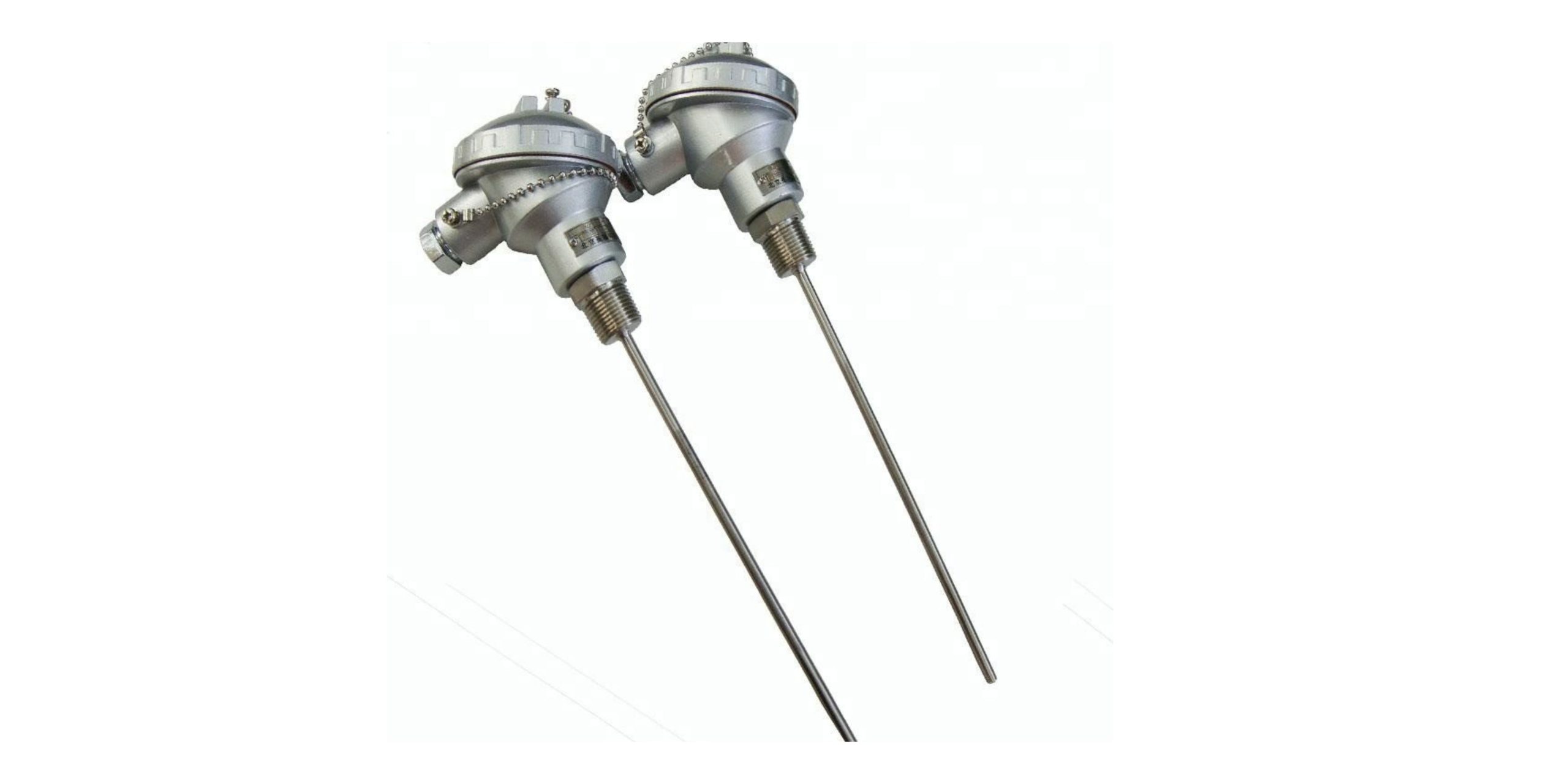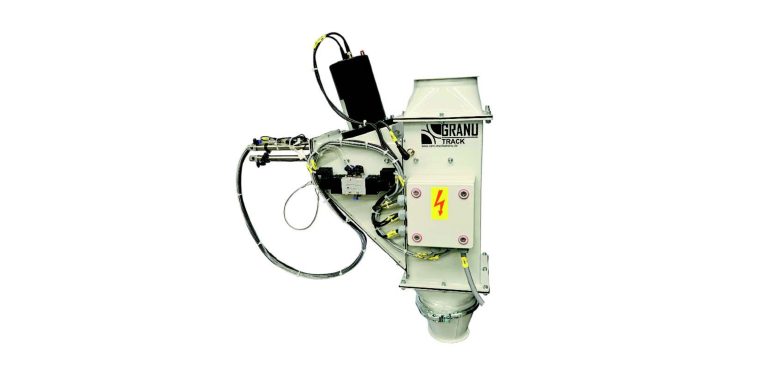What is an RTD?
At K-Tec Systems, accurate data is our passion. When it comes to temperature measurement, there are several ways to determine the temperature of your manufacturing or testing process. Choosing the right method is imperative to collecting precise data and meeting your testing requirements. We’ve discussed thermocouples as a device for temperature measurement, but what is an RTD?
RTDs are (almost) everywhere
A Resistance Temperature Director (RTD) is a device composed of metal wires that is used to measure temperature. RTDs are found in many applications ranging from industrial manufacturing and testing to power plants, automobile engines, cold storage rooms, and even your laundry room dryer. Like thermocouples, RTDs are composed of metal wires for detecting temperature and come in various configurations so they can adapt to a broad range of manufacturing and testing processes.
How do RTDs and thermocouples work?
RTDs and thermocouples both contain metal wires that measure temperature, so how are they different from each other? To start, RTD wires are often composed of a single type of metal, such as platinum or nickel, which determines the device’s temperature measurement range and operating environment tolerance. When determining temperature, RTDs measure the change in electrical resistance of the wire. Resistance changes linearly with temperature, making RTD measurements accurate and repeatable. Since wire resistance is the basis for operation, RTDs require an applied current, so an external power source is required.
Thermocouples, on the other hand, are comprised of two dissimilar adjoining metal alloy wires. Like RTDs, thermocouple wire types influence the device’s temperature measurement range and operating environment, but thermocouples work using a different scientific principle. When the temperature begins to change where the two wires meet, a voltage is generated courtesy of the Seebeck effect. This phenomenon occurs only when the two wires have different compositions. The change in voltage can be correlated to temperature based on known values for the wire types, but the correlation is not always linear. Since the device generates a voltage, an external power source is not required for a thermocouple to operate.
When would an RTD be better than a thermocouple or vice versa?
When determining whether you need an RTD or thermocouple, you should consider the temperatures you expect to measure in your manufacturing or testing process. For example, nickel RTDs work well up to 300°C, and platinum RTDs work well up to 600°C. Thermocouples, however, can measure even higher temperatures depending on the type and configuration.
Next, you might consider an RTD if you need temperature measurements with a high level of granularity. Since RTD resistance changes linearly with temperature, you might see temperature measurements that are accurate within a fraction of a degree, whereas a standard Type K thermocouple can have an error range of a couple of degrees Fahrenheit.
What else should be considered?
You must consider your testing requirements to determine whether an RTD or thermocouple will work best for you. Keep in mind that other factors such as response time, cost, and shock and vibration resistance may depend on the device materials and configuration of the RTD or thermocouple. Since RTDs and thermocouples can have multiple wire types and configurations, consider reaching out to the experts at K-Tec Systems for guidance.







